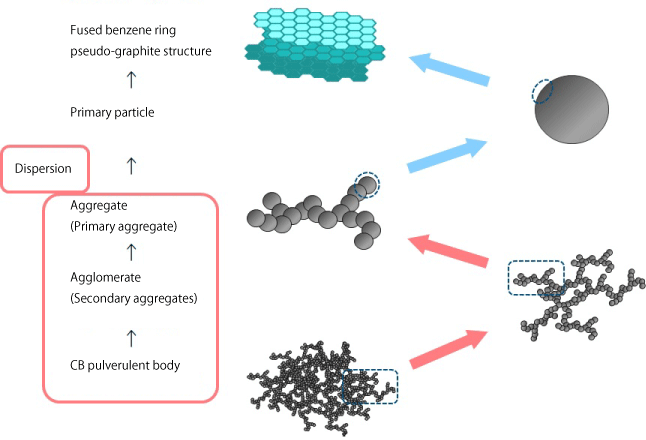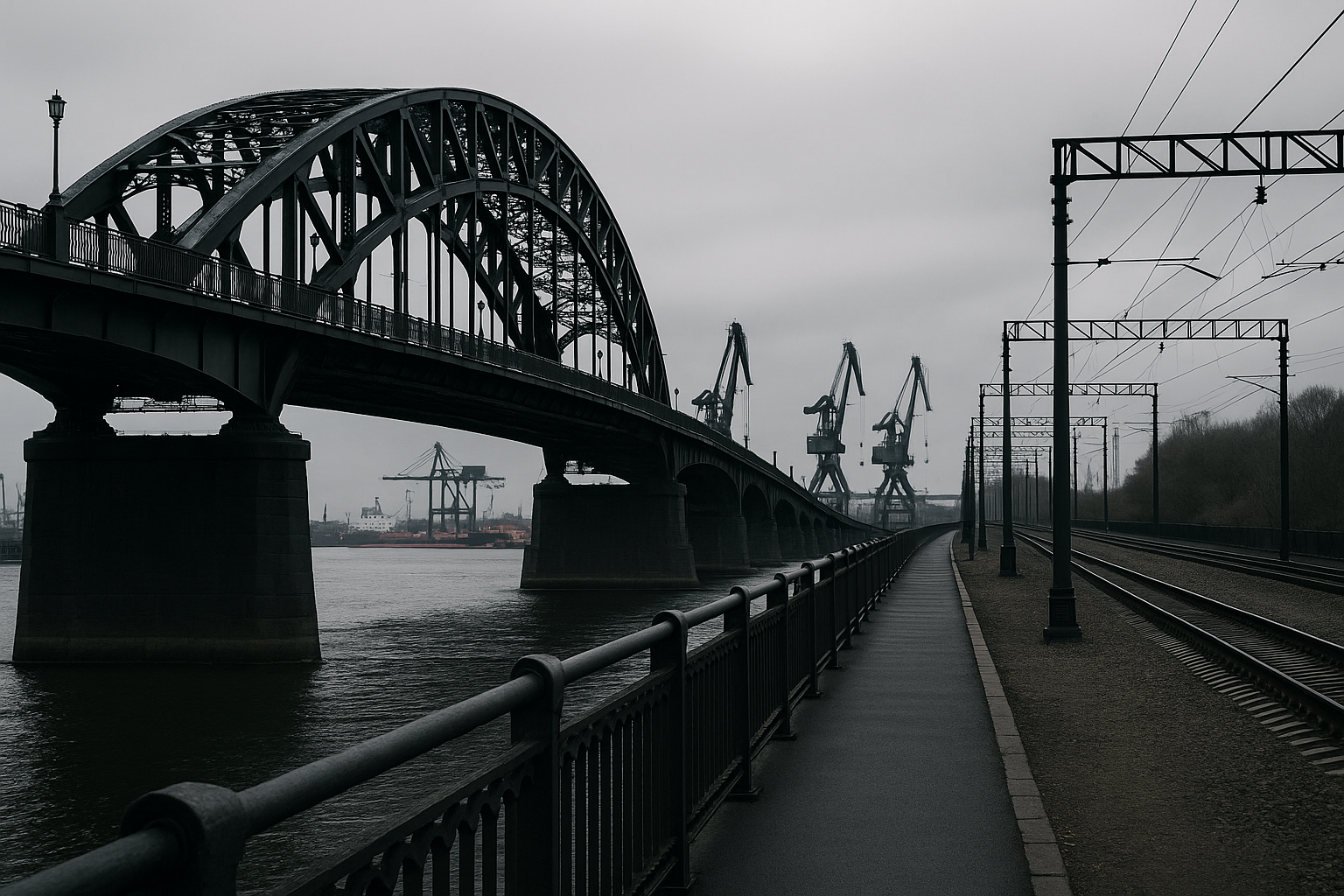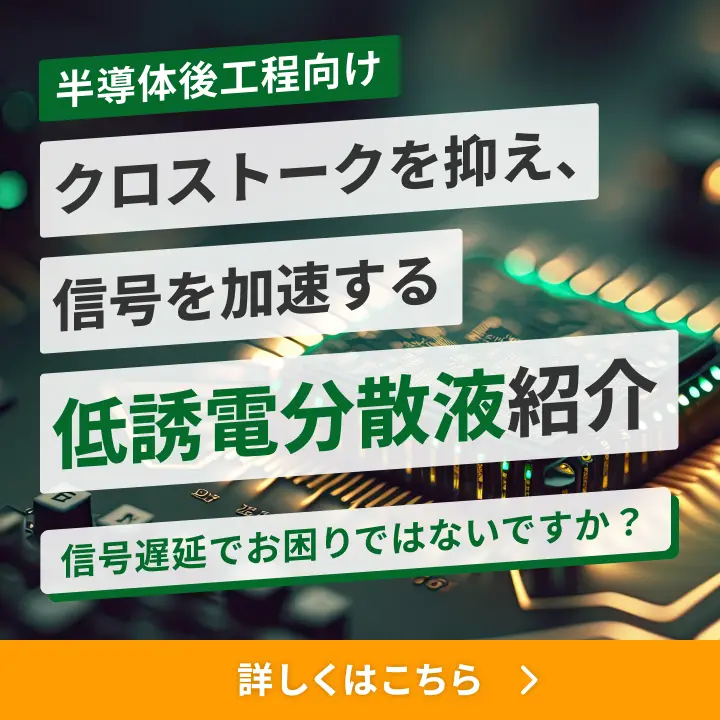
This section briefly introduces the basic knowledge of pigment dispersion and applications for use.
What Is Pigment Dispersion?
What technology is pigment dispersion?
Typical wet pigment dispersion is a technology in which pigments and fillers are finely dispersed and suspended in a solvent or resin solution to stabilize the state. Crystals, aggregates that are strongly bound by a plurality of crystals, and agglomerates that are relatively loosely bound by crystals or aggregates. Crystals and aggregates are called primary particles (primary aggregates) in a state where they are not further reduced by chemical and mechanical methods, and particles in which the primary particles are aggregated are called secondary particles (secondary aggregates).Pigment dispersion is an operation that brings the secondary particles closer to the primary particles. Wetting of the surface of the particles and the medium reduces the cohesion, and mechanical crushing dissociates into smaller particles. In addition, by properly selecting and adding a small amount of a dispersant, the dispersion is stabilized for a long period of time due to the effects of electrical repulsion and steric hindrance.

Advantages of pigment dispersion
By changing the degree of dispersion of pigment (particle size of fine particles and method of dispersion), it is possible to cope with various applications. (There are many requirements for the potential of the pigment itself and the formulation design.)By carrying out pigment dispersion,
- Hiding, transparency, contrast, and hue
- Adjusting the viscosity of the ink and stabilizing the ink for a long time
- This is a factor that determines the function suitable for the application, such as the smoothness of the coating film.
Example of application of pigment dispersion technology
- Transparent ink for retroreflective sheeting
- Pigment dispersions for LCD color filters
- Dispersion of the conductive oxide
- AG (anti-glare) coating agent
Manufacturing and working processes in pigment dispersion technology
Main dispersers
Bead mill| Disperser | Capacity | Bessel material | Largest tank capacity |
| Annular type | 12 L | SUS | 900 L |
| Dispersion type | 24 L | Carbide alloy(junction: SUS304) | 500 L |
| 5L | 110L |
| Media diameter | φ0.1 to 1.5mm available |
| Lot production volume | to 900L scale |
| Media type | Zirconia, Zircon, Glass, Steel |
| Mill interior material | SUS and carbide alloy |
| Corresponding viscosity | to 10,000 mPa s |
| Dispersion method | Cyclic and batch |
Optimum disperser settings
Target particle size, influence of contamination, adaptive viscosityOptimal bead setting bead type and bead diameter
Setting the optimal variance condition
Circumferential speed, temperature, etc.Summary
- TOKUSHIKI allows you to adjust the dispersibility of pigment dispersions to suit a variety of applications.
- TOKUSHIKI uses a bead mill to optimally control pigment dispersions.
- In TOKUSHIKI, dispersions are stabilized for a long period of time due to steric hindrance, etc. by properly selecting and adding a small amount of a dispersant, etc. to stabilize the dispersions.





